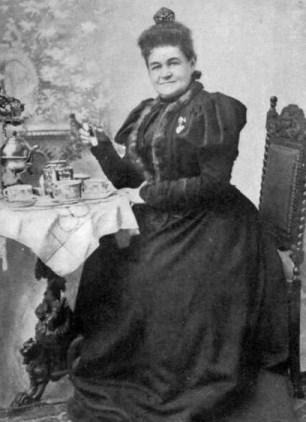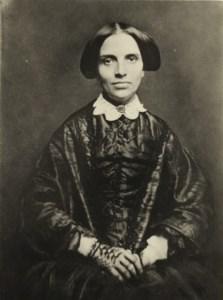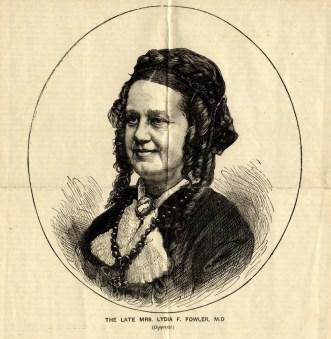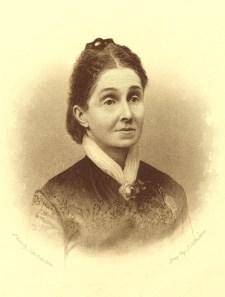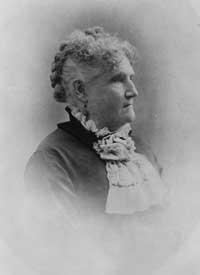Novelist and Author of Domestic Manuals Mary Virginia Terhune (1830–1922) was an American author of novels, short stories, biographies, travel narratives, cookbooks and domestic manuals whose career stretched across seven decades. She began her career writing articles at the age of 14, using various pen names, until 1853 when she settled on Marion Harland. Her first novel Alone sold more than 100,000 copies. Born December 21, 1830 in Dennisville, Virginia, Mary Virginia Hawes was the third of nine children born to Samuel Pierce and Judith Anna Smith Hawes. Terhune was home schooled until 1844, when her family moved to Richmond, Virginia, where she attended a girl’s seminary school for two years of formal education.
